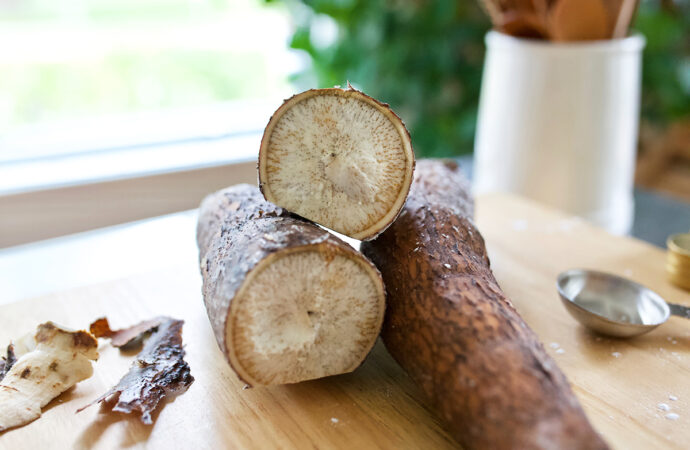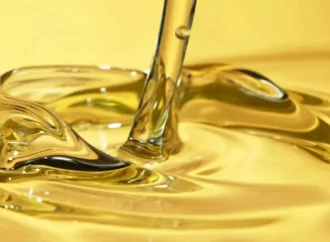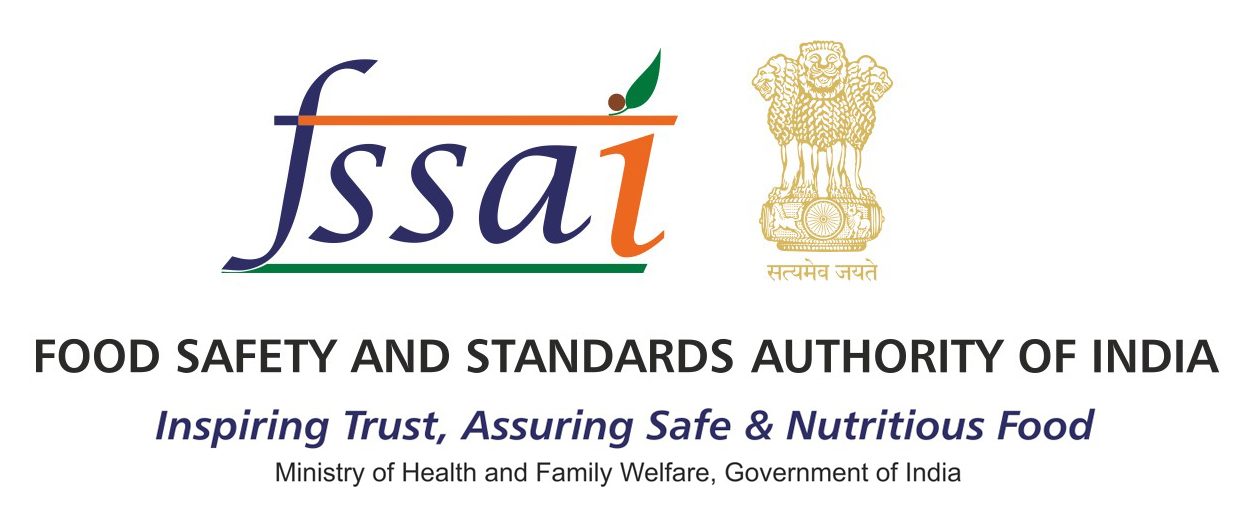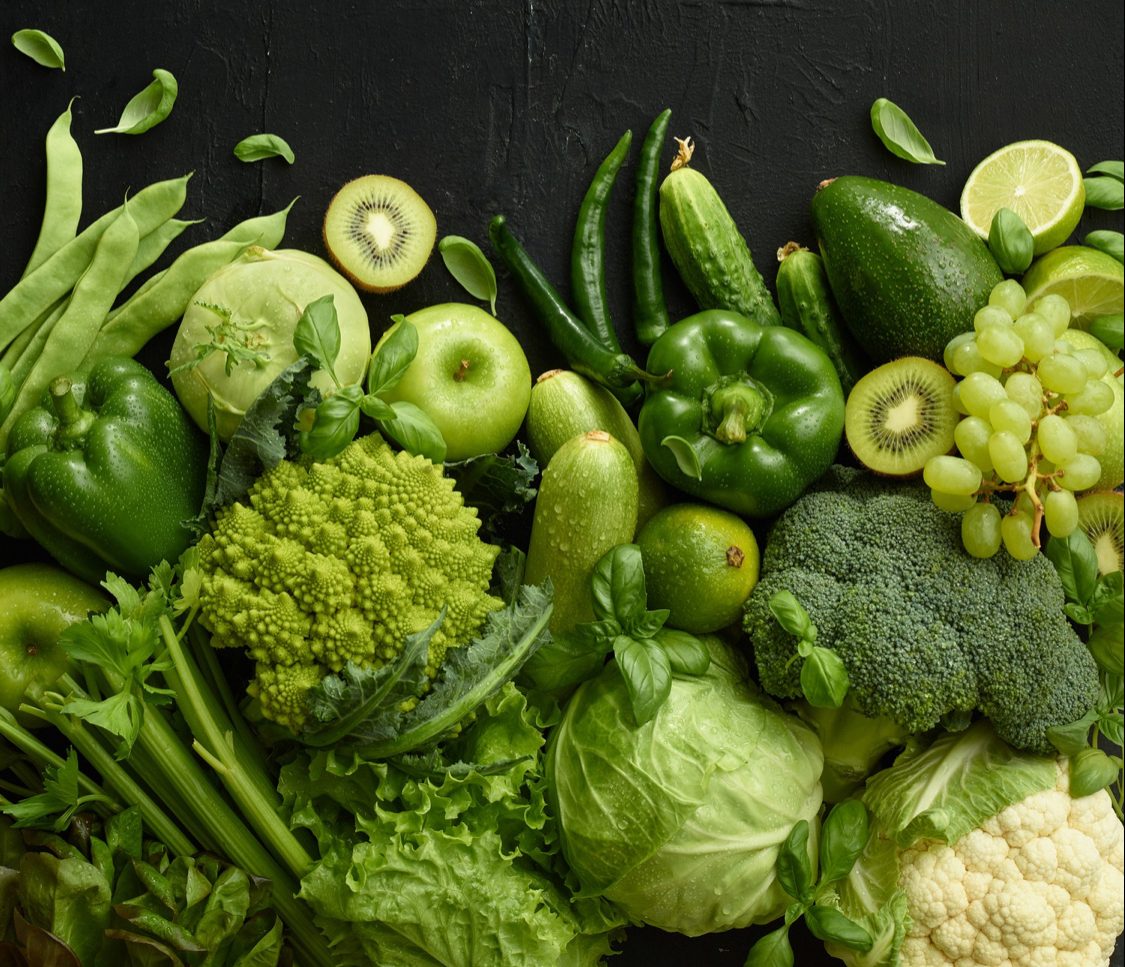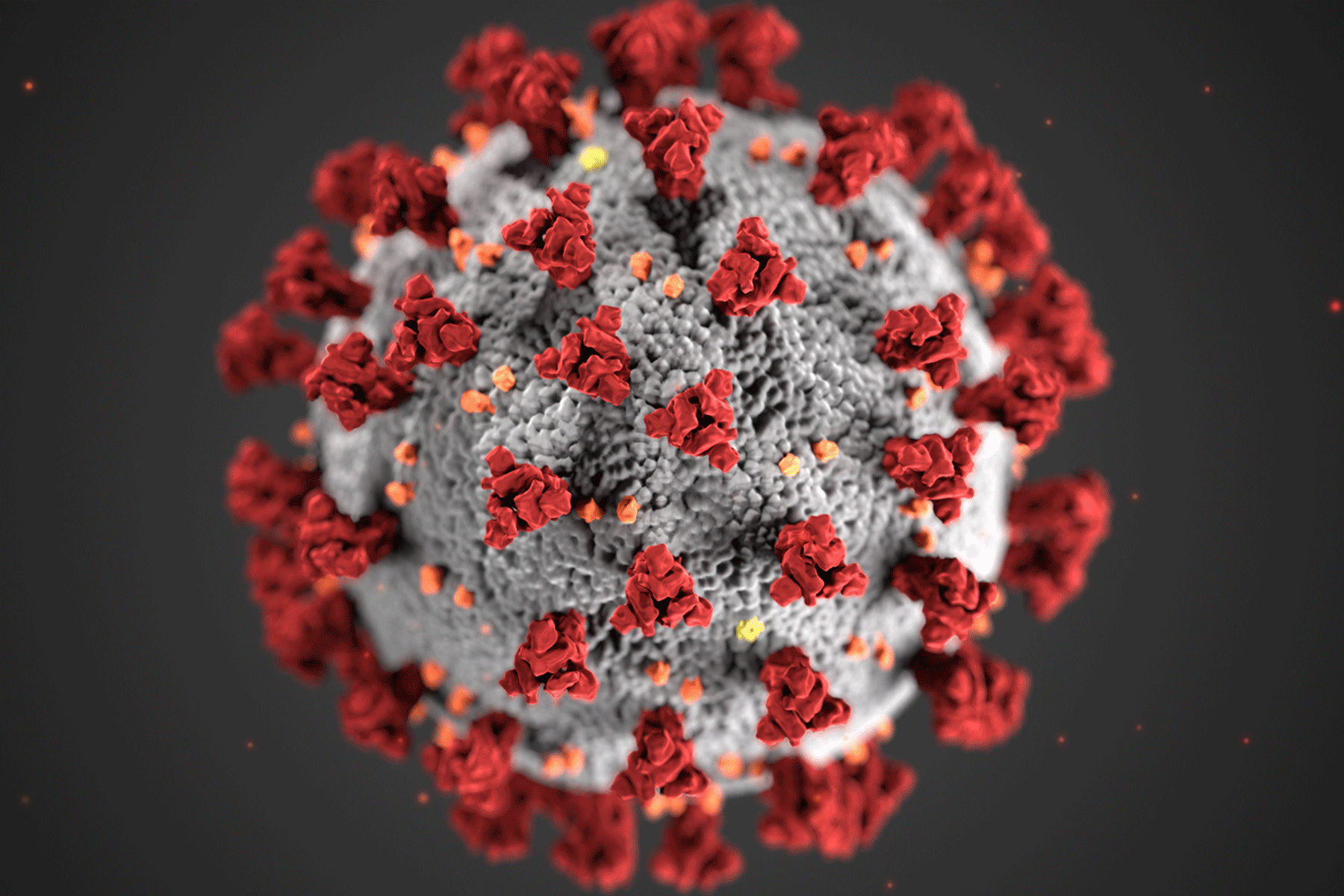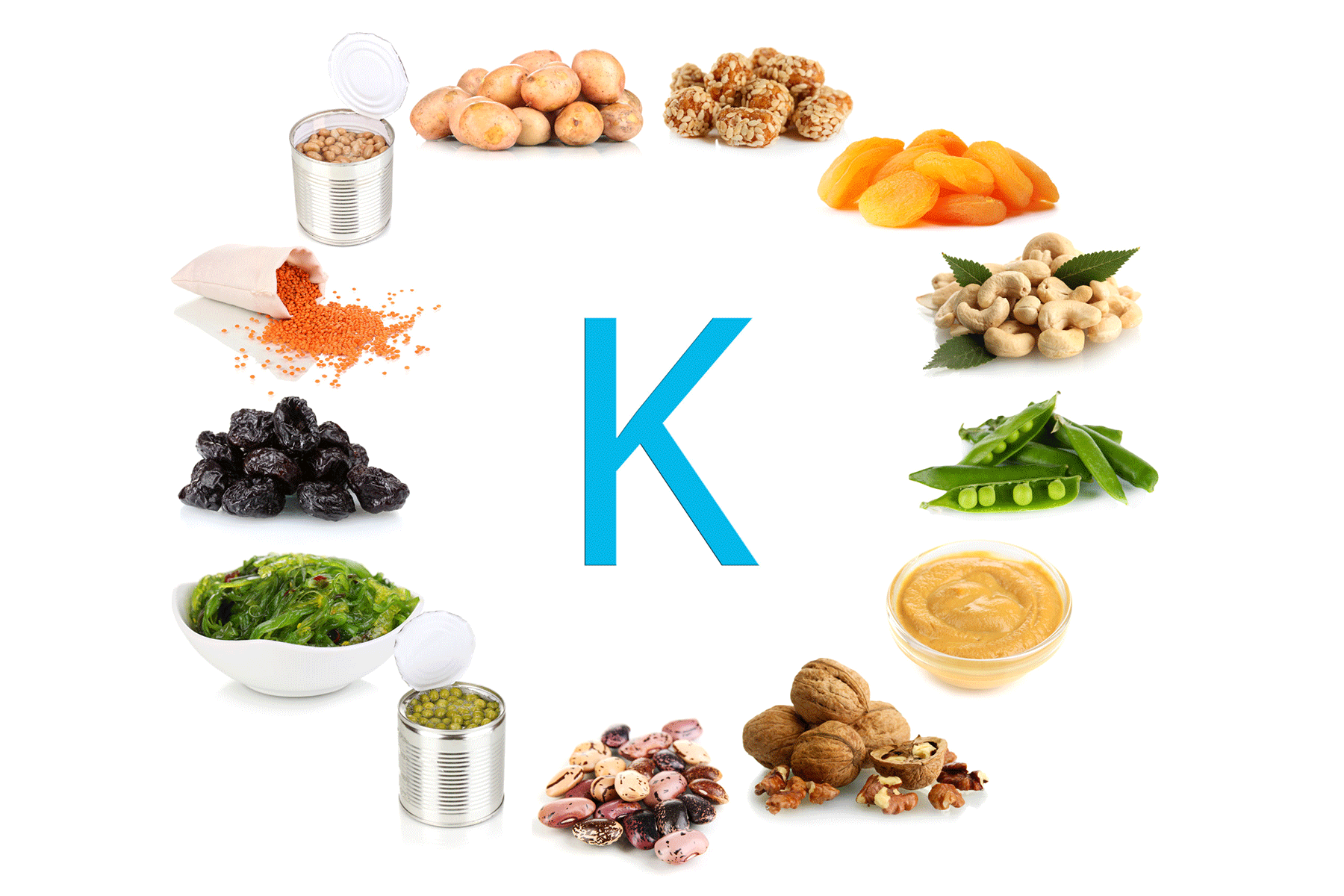Authors: Sunitha Poulose & Kochurani Abraham
Cassava is a widely consumed staple, valued for its high carbohydrate content and versatility. It serves as a key dietary source in countries like India, Brazil, and parts of Africa, where it is prepared in various forms, from boiled dishes to crispy snacks. Beyond food, cassava is also processed into starch, supporting various industries worldwide. However, despite its benefits, cassava contains naturally occurring toxins that must be removed through proper processing to ensure safe consumption.
A Resilient and Nutrient-Rich Crop
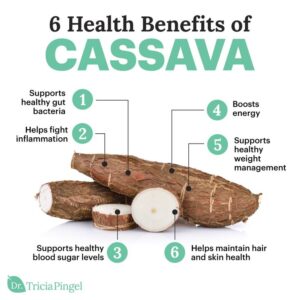
Cassava grows well in poor soil and drought conditions, playing a vital role in food security across many regions. Farmers and traders depend on cassava for their livelihoods, making it economically significant. Although cassava offers essential nutrients, eating it without proper processing can lead to serious health risks because it contains naturally occurring cyanide.
Cassava offers the following nutritional benefits:
- Delivers energy through its high carbohydrate content
- Supports digestion with its dietary fibre
- Boosts immunity and skin health with vitamin C
- Strengthens bones and muscles by providing calcium and magnesium
- Provides a gluten-free option for people with gluten intolerance
Let me know if you’d like this made even simpler or adapted for a specific audience.
Cyanide in Cassava: A Serious Health Concern
Cassava contains cyanogenic glycosides—linamarin and lotaustralin—that release toxic hydrogen cyanide (HCN) during processing. If people do not detoxify cassava properly, eating it can lead to cyanide poisoning and pose serious health risks.
Different cassava varieties carry varying levels of cyanide:
- Sweet cassava contains less than 50 ppm of cyanide and requires only minimal processing.
- Bitter cassava contains over 100 ppm and needs thorough detoxification.
- Peels and leaves can have over 2000 ppm, so people must prepare them carefully before eating.
Let me know if you’d like a short social media version or an infographic caption.
Health Risks of Cyanide Poisoning
Failing to detoxify cassava properly can cause two types of cyanide poisoning—acute and chronic—depending on how much and how often people consume it.
Acute Toxicity:
When people eat a large quantity of poorly processed cassava in a short period, they may suffer from acute cyanide poisoning. This condition triggers immediate symptoms such as nausea, dizziness, headaches, abdominal pain, and muscle weakness. In severe cases, it can lead to respiratory distress, paralysis, or even death without timely medical treatment.
Chronic Exposure:
When people regularly consume cassava with low but persistent levels of cyanide, they risk developing chronic health issues. Long-term exposure has been linked to neurological disorders like konzo, a condition that causes permanent paralysis. Chronic cyanide intake can also disrupt thyroid function, increasing the risk of goitre and other metabolic imbalances.
Why Frying Alone Does Not Detoxify Cassava
Many assume that frying alone is sufficient to remove cyanide, but this is a dangerous misconception. Without prior detoxification, harmful cyanide compounds remain in cassava, increasing health risks.
- Frying Traps Cyanide Within Cassava: Unlike boiling, soaking, or fermenting, which allow cyanogenic toxins to leach out, frying only affects the outer layers. The inner portions may still retain harmful cyanogenic compounds, posing a health risk.
- Heat Alone Does Not Neutralise Cyanide: While high temperatures break down some cyanogenic compounds, frying alone does not reach the required temperature or duration to fully eliminate cyanide. Pre-processing steps like boiling or fermentation are essential before frying.
- Oil Does Not Remove Cyanide: Cyanide is water-soluble, meaning it dissolves in water but not in oil. Since frying is an oil-based cooking method, it does not provide an opportunity for cyanide to leach out, leaving residual toxins in the final product.
Detoxification Before Frying: Essential Steps for Safe Cassava Consumption

- To make cassava safe for consumption, proper detoxification is essential before frying. While frying enhances flavour and texture, it does not effectively remove cyanide. The best way to eliminate toxic cyanogenic compounds is through thorough processing before cooking.
- Soak cassava in water for 24–72 hours to break down cyanogenic compounds. This traditional method, widely used in Africa, significantly lowers cyanide levels.
- Boil cassava for at least 25 minutes to reduce cyanide content by up to 55%. Since cyanide dissolves in water, it leaches out during cooking, making cassava safer to eat.
- Allow cassava to ferment for several days so beneficial bacteria can break down cyanogenic compounds, further cutting toxicity. Fermentation is common in making gari and fufu, popular cassava-based foods.
- Dry cassava after soaking or fermenting to continue breaking down cyanogenic glycosides. Grate cassava into smaller pieces before drying to speed up detoxification by increasing its surface area.
Conclusion: Proper Processing for Safe Consumption
Cassava is an important food source, but safe consumption depends on proper detoxification. Frying alone does not effectively remove cyanide, making pre-processing methods like soaking, boiling, fermenting, and drying essential. To safely enjoy cassava-based snacks like chips and fritters, it is crucial to follow proper detoxification steps before frying.
By raising awareness about safe cassava processing techniques, we can help prevent cyanide poisoning and promote the safe and healthy consumption of cassava worldwide.
 Food Manifest
Food Manifest 